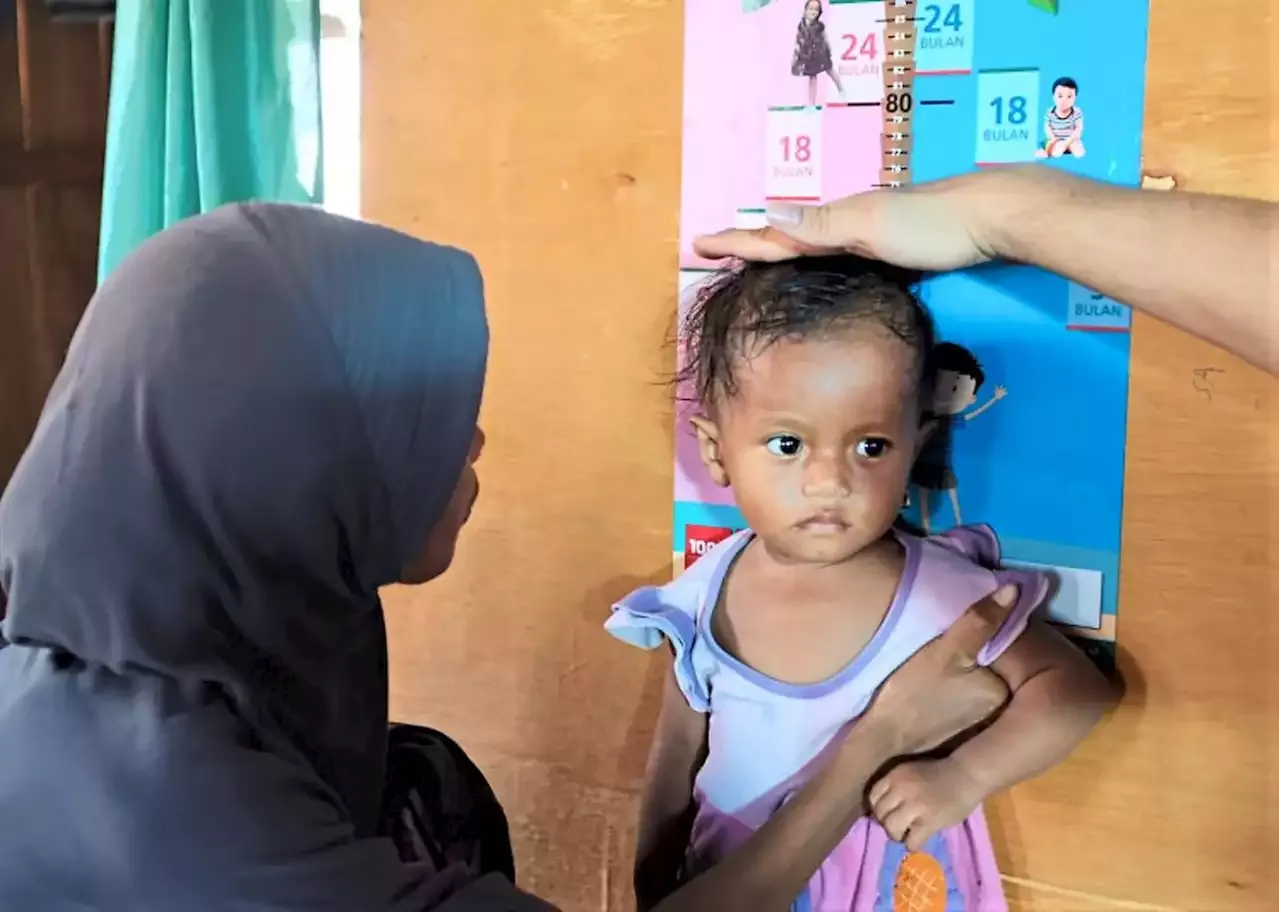Nick Cannon, Elon Musk, Alec Baldwin and other celebrities who have fathered many children.
AMERICAN billionaire entrepreneur and Tesla chief executive Elon Musk, 51, made jaws drop several months ago when it was revealed that he secretly welcomed twins in November 2021, taking his kid count to nine.
The mother is Shivon Zilis, a 36-year-old Canadian project director at his Neuralink company.
The twins’ arrival came just weeks before Musk and his former partner, Canadian singer Grimes, welcomed a baby girl, Exa, via a surrogate in December 2021. They also share a two-year-old son, X. Musk already has five children with his first wife Justine Wilson, including Griffin, 18, and 16-yearold triplets Kai, Damian and Sax. Another of their children, 18, legally changed her name to disassociate herself from Musk earlier this year. In 2002, their first child, a boy, died at 10 weeks of sudden infant death syndrome. Musk has strong opinions on increasing the birth rate. At Wall Street Journal’s annual CEO Council in December last year, he stated that there are “not enough people” in the world. In what seemed to be a response to his latest baby news, he tweeted: “Doing my best to help the underpopulation crisis. A collapsing birth rate is the biggest danger civilisation faces by far.” He added in a follow-up tweet: “I hope you have big families and congrats to those who already do.” Musk is ranked by Forbes as the world’s richest person with an estimated net worth of US$237.1bil (RM1.1tril). He recently announced plans to “significantly” increase childcare benefits at his companies.He tweeted: “Kids are worth it if at all possible.” Here are several celebrities sowing their seeds with wild abandon.
OH FATHER!
Here are several celebrities sowing their seeds with wild abandon.
Nick Cannon, 41 Kid count: 10 Also sharing Musk’s fatherhood goals is American actor Nick Cannon, who chimed in after Musk’s tweet, saying: “Right there with you, my brother.” Cannon has had kids with six different women, only one of whom he married but eventually divorced. And none of them was an accident, he has claimed. Cannon shares twins Moroccan and Monroe with ex-wife Mariah Carey, twins Zion and Zillion with DJ Abby De La Rosa. In July, he and model Bre Tiesi welcomed their first child, Legendary Love, together. On Sept 14, he and model Lanisha Cole welcomed daughter Onyx Ice Cole. Cannon shares son Golden and daughter Powerful Queen with model Brittany Bell. On Oct 30, they welcomed their third – Cannon’s 10th – child, Rise Messiah. He also fathered a son, Zen, with model Alyssa Scott, but the child died in December 2021 at five months old after being diagnosed with brain cancer. After the tragic loss, Cannon, who has said that he does not feel monogamy is healthy, announced he would be celibate for a while and reportedly went for a vasectomy consultation. Obviously, that was short-lived. You really cannot keep a man like Cannon down. At least, not until he turns 45, the age when he feels he “should chill”. On the Big Tigger Morning Show, he got candid about what it is like to co-parent with multiple women. Asked if “all the baby mamas get along”, he replied: “They don’t have to, they all get along with me.” When the radio host brought up that Cannon takes maternity photos with each of the mothers, Cannon said he believes “everyone deserves that”. “I don’t keep secrets. They know how I move. I multitask,” he added. As for whether he sees any additional kids in his future, he quipped: “Isn’t there always? I just want to be responsible as a father... The best I can possibly be, and lean into it. “I love children, but I wasn’t setting out to be Father Abraham, I just embrace it.” On Instagram, Cannon jokingly hyped up his profile piece in a recent issue of Men’s Health magazine by posting: “We discuss that there is nothing more healthy than a virile man. Go forth and multiply.” In the article itself, he opened up about how he stays present in each of his kids’ lives and takes immense pride in it. He said: “Contrary to popular belief, I’m probably engaged throughout my children’s day, more often than the average adult can be. If I’m not physically in the same city with my kids, I’m talking to them before they go to school via FaceTime. “When I am (in the same city, I’m) driving my kids to school, making sure I pick them up.” He added that he is present for their extracurricular activities. “I’m involved in everything - from coaching to having guitar lessons with my daughter every week.” Alec Baldwin, 64 Kid count: Seven The Baldwin bunch sure is getting bigger, with American actor Alec Baldwin and his yoga instructor wife Hilaria, 38, welcoming their seventh child, a girl, on Sept 24. Ilaria Catalina Irena joins her siblings Carmen, nine, Rafael, seven, Leonardo, six, Romeo, four, Eduardo, two, and Maria, one (via surrogate). Baldwin posted a clip of Maria on Instagram in April and captioned it: “People ask why. This is why. Being a parent is the ultimate journey.” He also shares model-daughter Ireland Baldwin, 26, with his former wife, actress Kim Basinger. The new baby comes at a stressful time for the sexagenarian, who has found himself embroiled in a wrongful death lawsuit. In October last year, he accidentally misfired a prop gun on the set of western film Rust, killing cinematographer Halyna Hutchins. At the time of the new pregnancy announcement in March, the couple told People magazine: “We have ‘somos un buen equipo’ engraved on our wedding bands. “We say that to each other all the time at home – that we’re a good team. “One of the most beautiful things our children have experienced with a big family is how the heart can grow with every new sibling. “Our capacity to love continues to expand and we can’t wait to embrace our new little one this fall.” Taylor Hanson, 39 Kid count: Seven The American singer-musician and one-time teen heartthrob was the face of 1990s pop boy band Hanson, alongside his brothers Isaac, 41, and Zac, 36. Today, the trio of young dads – who are the elder three of seven siblings – have 15 children between them. Taylor has the most, having welcomed seven children – Ezra, 19, Penelope, 17, River, 15, Viggo, 13, Wilhelmina, nine, Indiana, three, and Maybellene, 18 months – with wife Natalie, 38. But his notoriously prolific progeny will cease to increase. He told ET Online: “We’ve all been incredibly blessed with amazing kids and families. I’ve always taken it one at a time, that led us to seven, so I’m just going to hold right now.” For now, the group – best known for their catchy 1997 hit MMMBop – are celebrating 30 years together. They released their latest album Red Green Blue in May, but have still managed to prioritise family life while on the road touring. Taylor told People magazine: “The job of being a dad is to sacrifice everything you want for that kid. “I may be in the middle of meeting some famous musician but, sorry, I’ve got to call my daughter and talk to her about her day.” Eddie Murphy, 61 Kid count: 10 When it comes to quantity, the Hollywood star can tell everyone else to hold his beer. Like Cannon, Murphy co-parents his whopping brood with five women. He had two sons back to back with two then-girlfriends around the end of the 1980s – Eric, 33, with Paulette McNeely, and Christian, 31, with Tamara Hood. Meanwhile, former wife Nicole Mitchell is the mother of five of his children: Bria, 32, Miles, 29, Shayne, 27, Zola, 22, and Bella, 20. Murphy then fathered Angel, 15, with former Spice Girl and British singer Melanie Brown, and has a six-year-old girl Izzy and four-yearold son Max with his current fiancee, Australian model Paige Butcher, 43. The comedian is used to getting split reactions when people learn he has 10 kids. He quipped on The Ellen DeGeneres Show in 2019: “Men look at me like, ‘He’s crazy. How much did that cost?’ In an interview with British newspaper The Mirror in 2021, he said his kids always come before his career, calling them the “centre of everything”. He added: “The idea of being out there and doing three movies a year, that’s over... I realised that if you put your children first, you never make a bad decision. “I am so blessed with my kids, I don’t have one bad seed. I don’t have any like, ‘Oh, you are the one.’“My kids are so great, normal people and nobody is like the Hollywood jerk kid.”
– The Straits Times/Asia News Network
Why we’re so shocked, bothered, by Nick Cannon’s growing family
SURPRISE! Or maybe not – Nick Cannon has welcomed another child, Rise Messiah Cannon, to his rapidly growing family – his 10th child, and third with Brittany Bell.
— Nick cannon/Instagram cannon with six of his 10 children. “Another Blessing!!!” he announced in a lengthy Instagram post, which expressed gratitude for “a family dynamic that to some is unimaginable.” Cannon, an actor, musician and TV host, has been making headlines for having multiple babies with different women in a short period of time, which he has said is “no accident”. Each pregnancy was planned and intentional, and his relationships with the mothers of his children are healthy and consensual, Cannon says. Yet his choice to father these children has been treated as comedic fodder while raising a plethora of concerns. Untraditional families exist all around us every day. But when it comes to a celebrity like Cannon, we tend to judge them more harshly. Everyone has something to say, including fans, critics and even fellow stars like Vivica A. Fox (“I don’t like it,” she said in August. “The foundation of Black families, especially a strong father figure is needed.”) “The public loves to express their opinions, because it makes them feel like part of the story,” says Donna Rockwell, a clinical psychologist and CEO and founder of Already Famous. “When we see behavior outside the norm in the lives of celebrities, we shake our heads, pass judgement... and write it off as ‘typical’ celebrity entitlement.” But does this make our judgements justified? Is there a problem with Nick Cannon’s take on fatherhood? When asked about his emotional involvement as a father, Cannon has insisted “if I’m not physically in the same city with my kids, I’m talking to them before they go to school via FaceTime and stuff. And then when I am, I’m driving my kids to school, making sure I pick them up”. A quick scroll through his Instagram page exemplifies the love and pride he holds for his kids, and many of the mothers have praised Cannon’s presence. This fixation on his family is unsurprising to Rockwell. Any time someone in the public eye behaves in a way that deviates from the norm, like having many children from different households, “we as the public hang onto every detail” and treat it as gossip. But aside from it being unconventional, some experts worry this dynamic is detrimental. If his 10 kids, ages 11 and younger, live in different households, many wonder how Cannon can possibly be there, physically and emotionally, for each child. Barbara La Pointe, a relationship coach who primarily works with families dealing with divorce and separation, worries Cannon is “unconsciously creating a legacy of generational trauma”. Though there is less research on Cannon’s approach to fatherhood, studies have shown that a child’s emotional well-being is influenced by a secure relationship with their parents, as well as by the quality of that relationship. In addition, relationship strategist Zakiya Knighten worries for his children’s mothers who, despite going into these relationships willingly, may also be at risk for higher stress levels and mental health problems. In a now-deleted Instagram story, one of Cannon’s partners said she had been awake for three days taking care of their baby, raising questions on social media about Cannon’s whereabouts. Are we being too judgmental of Nick Cannon? Contrary to popular belief, Cannon is not the first celebrity to father multiple children with different women. Actor Clint Eastwood is thought to have eight known children with six different women, his daughter told The Sunday Times. Similarly, Elon Musk has joked about “(helping) the underpopulation crisis” with his 10 children, two with singer Grimes, two with Shivon Zilis, an executive at Musk’s Neuralink, and six with his first wife, Justine Wilson. The difference, however, is that Cannon proudly embraces his lifestyle of nonconventional fatherhood and rejects traditional monogamy, even challenging those who are skeptical. “That’s a Eurocentric concept when you think about the ideas of you’re supposed to have this one person for the rest of your life,” Cannon said in August. “I understand the institution of marriage if we go back to what that was about . ... I don’t have ownership of any of the mothers. We create families in the sense of we created a beautiful entity.” It’s tempting to speculate about a phenomenon that makes little sense to many. But, as Rockwell reminds, the reality of celebrity culture is that we only catch a glimpse of their personal lives.Without knowing the intimate details, we as outsiders will never truly know how worrisome – or how functional – Cannon’s family of 10 actually is -
. By JENNA RYU
Elon Musk Wants You to Go Forth and Multiply - InsideHook
Related posts






 One common parenting mistake is jumping to conclusions about your
child’s guilt without even giving them a chance to explain first. —
Positive Parenting
One common parenting mistake is jumping to conclusions about your
child’s guilt without even giving them a chance to explain first. —
Positive Parenting























